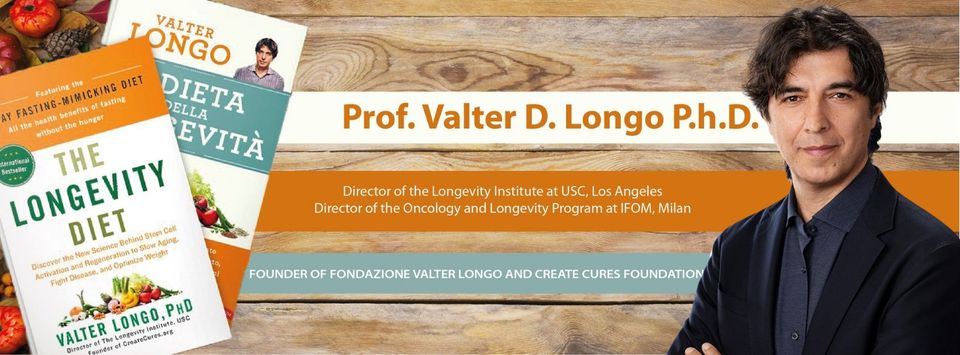An intermittent fasting diet… doesn’t sound too appealing, does it? Even before you wade into the details, you’re already pretty sure that you wouldn’t like it, battling hunger pangs the whole while. Well, that may or may not be true, but what do intermittent fasting diets look like in practice?
First of all, fasting has been around for a long time. However, in many cases “involuntary starvation” might have been a more accurate term (even in the modern world, alas). The challenges of finding food has historically been a natural deterrent to over-eating.
Fasting in Italian – What’s the Translation?
fasting (n): the act of abstaining from food
digiuno (nm): astensione dal cibo
Fasting is good for your health.
Il digiuno fa bene alla salute.
This is actually a cornerstone of the Mediterranean Diet. In a geographic area where they grew nutritionally dense food, but cultivating and gathering the food was hard work, the quantity of food was typically scarce.
Not so anymore. In economically developed countries, over-abundance is a much bigger problem than scarcity. We hardly need reminding that obesity and diet-related pathologies are the number one cause of death in the developed world. Heart disease, diabetes, and even most cancers can be traced to unhealthy lifestyle choices. In other words, they are all preventable, to a large degree, by controlling our diets.
Yet, we are told time and time again that “diets” don’t work.
In Fact, Diets Don’t Work. But Fasting Does.
There is one dietary model, proven again and again, to prolong lifespan in a variety of laboratory animals: severe caloric restriction. The results have been nothing short of miraculous. Reduce the daily caloric intake by 1/3 and your prolong the life span of the test subject by 1/3; the math is actually that precise. Further, many researchers believe it offers the single strongest link between diet and cancer prevention. (Cancer prevention. It is not, however, a “cure” for cancer all by itself.)
The problem is, it’s difficult to get human beings to follow the extremely strict criteria required to demonstrate the equivalent results seen in mice or monkeys. Therefore, we only have some anecdotal examples of this phenomenon in humans, and there have been no good long-term controlled studies, much less life-long, large sample data.
The mechanism by which this “fountain of youth” is thought to occur relates to repairing mitochondrial damage, specifically to the shortening of the telomeres. Too much science, I know, so how can we approach this more practically? (But if you DO want to read about the science: MIT study: 24-hour fasting regenerates stem cells, doubles metabolism )
There are many researchers focused on coming up with a way to create the same cellular conditions without the burdensome requirements of near-starvation. Let’s look at a few different types of these trendy intermittent fasting diets and compare the similarities and differences… and then ask ourselves if any of these variations are doable in real life.
Types of Intermittent Fasting Diets
OK, so back to the original question: How does an Intermittent Fasting Diet look in practice? There are several ways that it can be approached.
One way is a literal type of fasting where you consume nothing (except water) for 24 hours, a full weekend, or even an entire month (under a doctor’s strict supervision). This technique is obviously very difficult to follow, but has shown remarkable results in reversing Type 2 Diabetes. However, it’s not necessary for the average person who just wants to control their weight and improve overall health.
The 5:2 Method
Another approach is called the 5:2 Method, where five days a week you eat a “normal” healthy diet, and then two (non-consecutive) days a week you restrict your intake to less than 500 calories. This is doable for most people, and doesn’t require you to completely fast at all.
The 16/8 Method
The 16/8 method relates to the timing of your meals where you limit eating to eight hours per day, with no food for the remaining 16 hours. This cycle can be repeated once or twice per week, or even every day, depending on personal preference and goals.
In this scenario, you choose the “food window,” that fits your lifestyle. I’ve found it very easy to do this by not eating anything until about 10:30 in the morning, then not eating anything after 6:30 at night. This is probably the schedule most closely related to the traditional Mediterranean Diet (although they eat dinner later in the summer months in many Mediterranean countries). And you can effectively extend this window by using ProLon’s Fasting Bars as your first meal of the day.
The Fasting Mimicking Diet
Then there is the Fasting Mimicking Diet, promoted by the “Guru of Longevity,” Dr. Valter Longo. He is internationally recognized as a leader in the field of aging studies and related diseases, and he’s come up with a program that “mimics” fasting without causing undue hardship on the patient.
The Fasting Mimicking Diet is done over five consecutive days, and can be repeated two, three, or four times per year. But what foods do you eat on intermittent fasting?
The program consists of high quality foods that provide 1,100 calories on the first day and 800 calories for each of the next four days. The nutrients have been precisely researched and include meals of plant-based whole foods like nuts, olives, teas, and soups. You can read more about it here: The Longevity Diet
Many biological urges are a result of habit, and that means they can be consciously reset with some degree of mental effort. When we feel sleepy, when we have to urinate, and when we get hungry—to some extent, these urges are under our direct control. And the psychological changes can happen surprisingly fast.
LEARN MORE: Fasting Mimicking Diet
One key takeaway here is that fasting is something that our biology is used to, and it knows how to deal with it. In contrast, the overabundance of food in every form, available 24/7, is something that our bodies are NOT accustomed to. So the “gluttony of choice” is a modern condition that evolution has yet to figure out. And THAT is the anomaly, not chronic hunger or elective fasting.

Over the years, modern medicine (and certainly pseudo-medicine) has proclaimed to have discovered the magic pill, the fountain of youth, or the secret to fighting “all” disease. Of all the regimes put forth, only one has been repeatedly proven effective again and again, across generations, and around the world. And that treatment has been fasting, in its various forms.
But I hope that if you’ve made it this far in the discussion you’ve come to realize that fasting doesn’t have to be synonymous with starvation. There are several variations of Intermittent Fasting Diets (including the Fasting “Mimicking” Diet) that have been shown to provide equal or nearly equal results without the burden of literally starving yourself. If you’re willing to explore these options, contact a qualified physician or dietary professional to see which variation might work for you.
Intermittent Fasting FAQs
What are some reasons to fast?
Most people fast simply for weight loss, increased energy, cellular rejuvenation, and to improve sleep.
Can fasting help reverse chronic diseases?
Yes. Fasting has been shown to reverse Type 2 Diabetes as well as inflammatory conditions.
Does fasting have anti-aging effects?
Yes. Through stem cell-guided regeneration, fasting has shown a remarkable ability to stop or reverse the signs of aging.

